Change It Up: Increase Your Balance—and Maybe Your Brain Power—with Yoga Variations
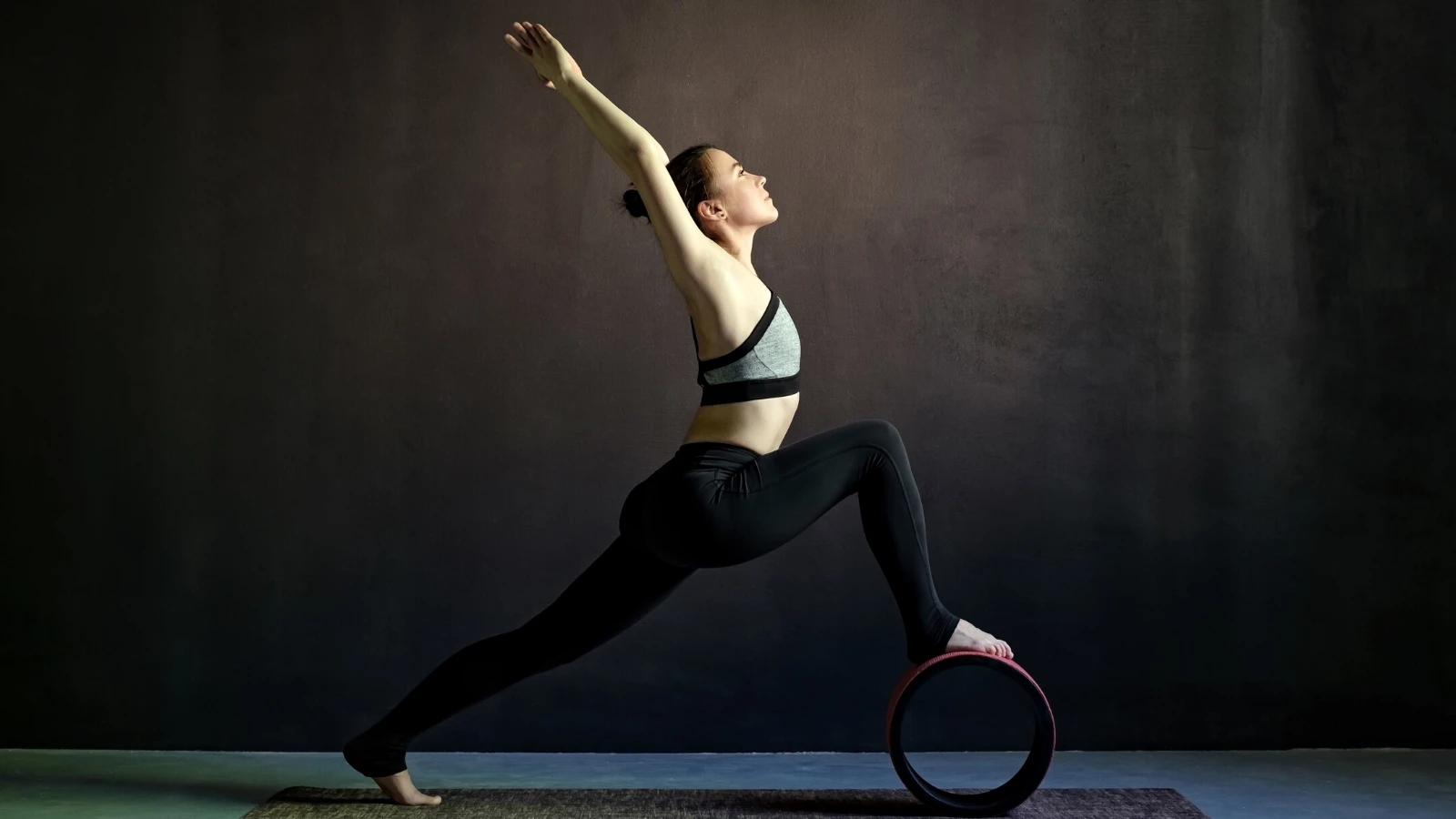
In a recent post, I made the following statement about variations:
“Because I’ve realized the limits of always doing poses the same way (you get really good at that body position, but not the vast array of other possible places to challenge yourself), and the benefits to the brain of continued new learning, I now place more emphasis on learning to vary your poses by changing them on your own.”
A colleague mentioned that this was an interesting development, and may be worth discussing in more detail. So, I took a look back at past posts that touched on some aspects of adding variability to poses and agree that consolidating and expanding on this concept is of value!
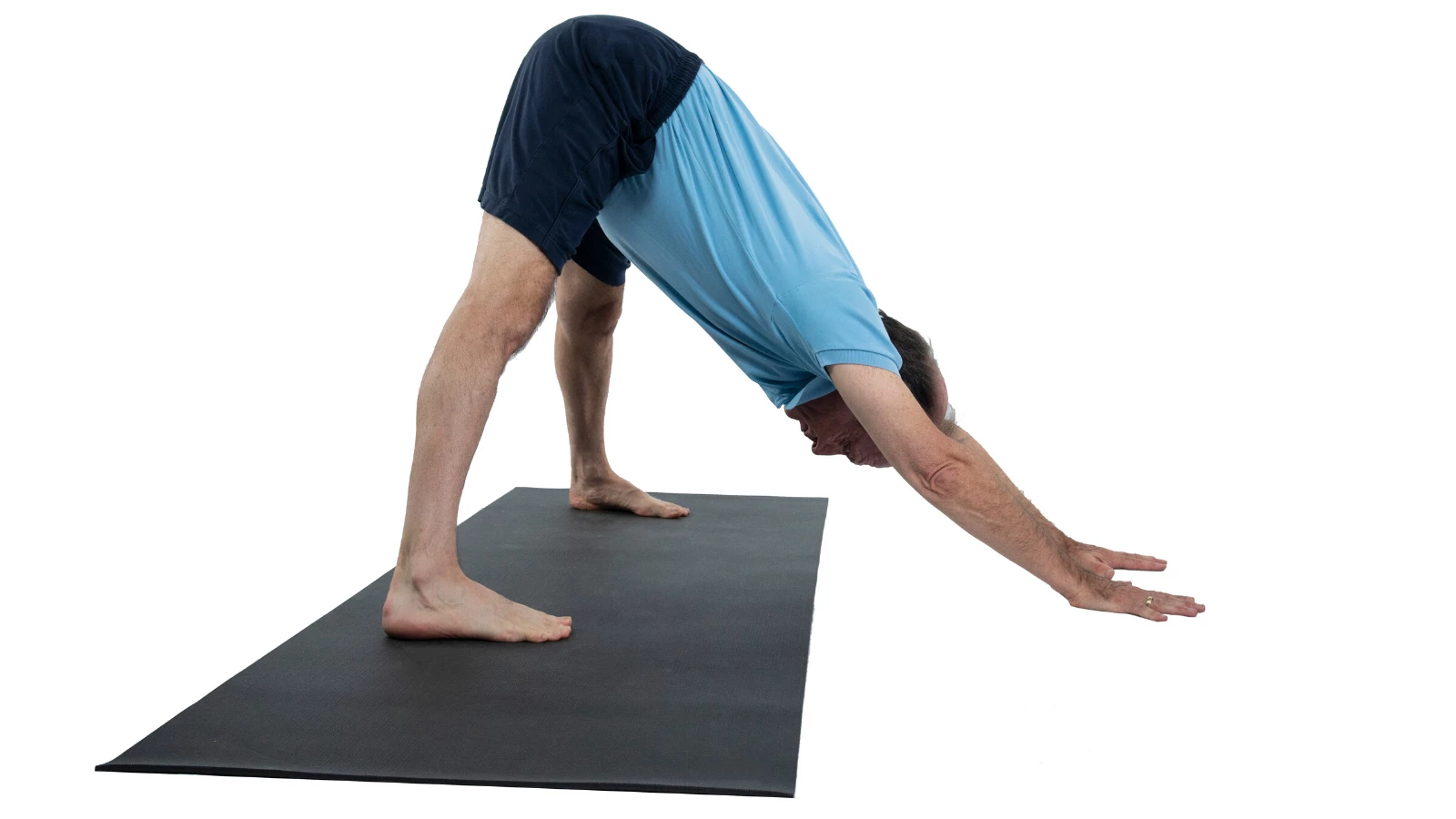
The Benefits of Practicing Yoga Poses the Same Way Every Time
To start, I’ll begin by discussing the benefits and limitations of practicing poses and vinyasas in the same way over time. First the benefits:
- You improve at doing the poses, they become easier and you gain strength, flexibility, balance, and/or agility required to do them.
- You gain confidence in doing the pose with specific alignment and focus.
- You can gradually increase strength and flexibility in static poses by slowly advancing the amount of time you hold the poses.
- You can gradually improve balance in static poses by slowly advancing the amount of time you hold poses.
- With continued practice, you improve in the agility required to do vinyasas that are always done the same way.
The Limitations of Practicing Yoga Poses the Same Way Every Time
- You miss out on exploring the full range of motion of many of your major joints by always sticking to one form of a pose.
- You limit the strength and flexibility benefits to those defined by only one version of a pose. For example, I get really good at Virabhadrasana I (Warrior I Pose) with the arms vertically aligned, but not necessarily in other possible positions.
- You master a yoga balance pose or agility practice, but don’t challenge yourself outside the limited alignment needed for that pose or that agile transition.
- Once you learn them, practicing poses or vinyasa again may only require accessing memory and not much new learning.
What Exactly is a Variation?
Now that I’ve put forth my arguments in favor of practicing variations in addition to classic poses, what exactly do I mean by “variations?” Well, starting with static poses, you can take any classic static pose, such as Warrior I, and modify the alignment of the pose in some new way, as long as the new position is generally safe for your joints. Some ways of assessing this are: if there is an absence of pain or significant sensation of compression while you do the variation and if you are pain-free after doing it.
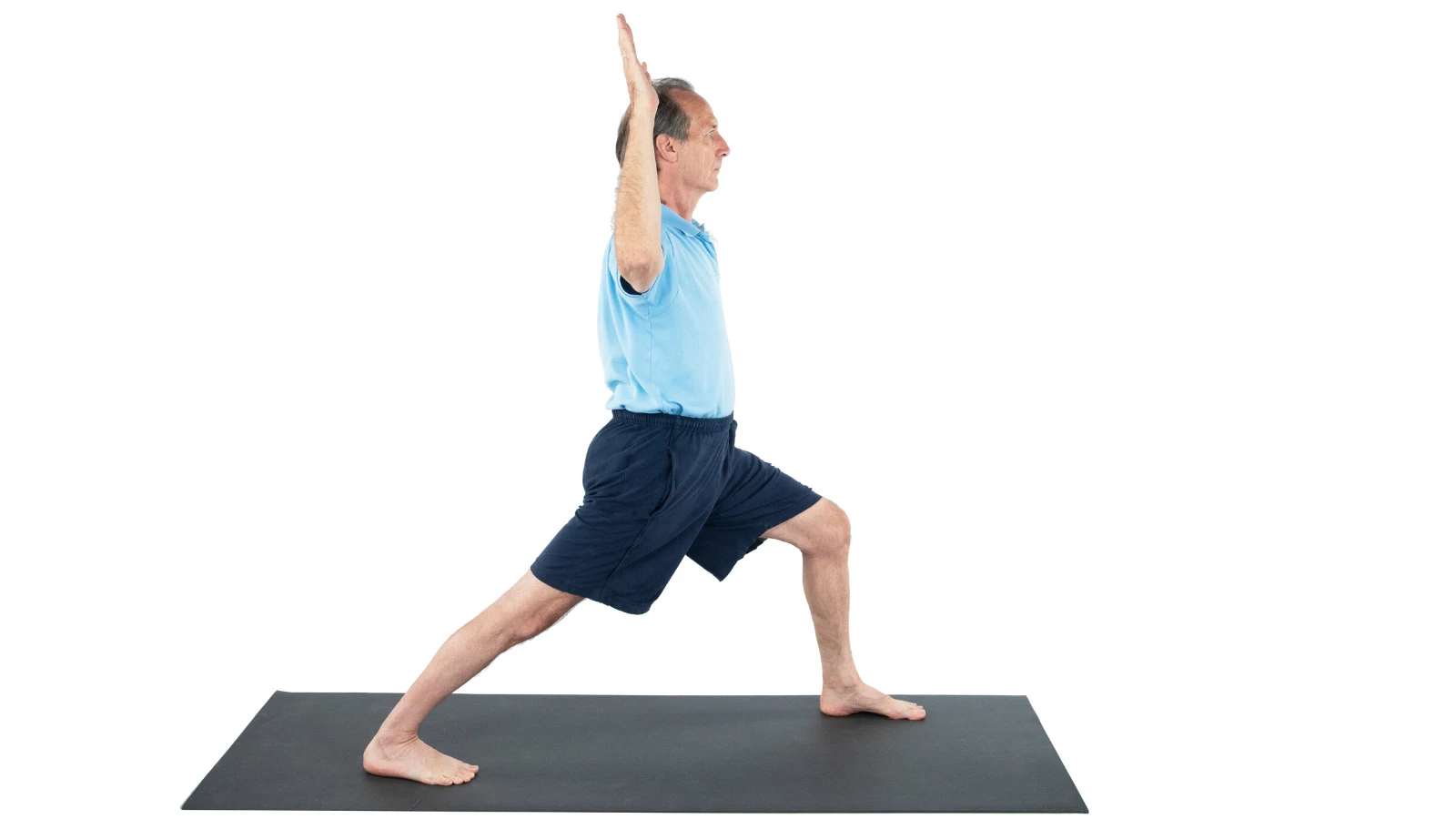
For example, you could vary the arm positions in different ways:
- You could stop your arms anywhere short of vertical and hold them in their new position or you could take them further out to the sides, anywhere from the usual Virabhadrasana II (Warrior II Pose) position up to the usual Warrior I position.
- You could change the position of your feet in the pose by spacing them a bit wider apart, adjusting the angle of the back foot in or out a bit, or reducing or increasing the distance between your front foot and back foot.
All of these minor adjustments will need to be processed by the brain (brain exercise!). They will also challenge the muscles and fascia involved in a new way, with some areas strengthening in a new way, and others stretching to a different degree. And by regularly varying your position in any given pose, you improve the range of motion of your joints and create greater strength through your range of motion.
From Static to Dynamic
You can vary static balance poses in a similar fashion, creatively exploring the edge of stability, referred to as “controlled instability,” where you begin to feel like you might lose your balance. My version of Vrksasana (Tree Pose) called “Cypress Tree” is a good example. In Tree Pose, leaning a bit side to side, or slightly forward or back, will stimulate all the components of your balance system to problem solve, in order to keep you upright. You can also try this with other standing balance poses, for example, with Garudasana (Eagle Pose) and Virabhadrasana III (Warrior III Pose).
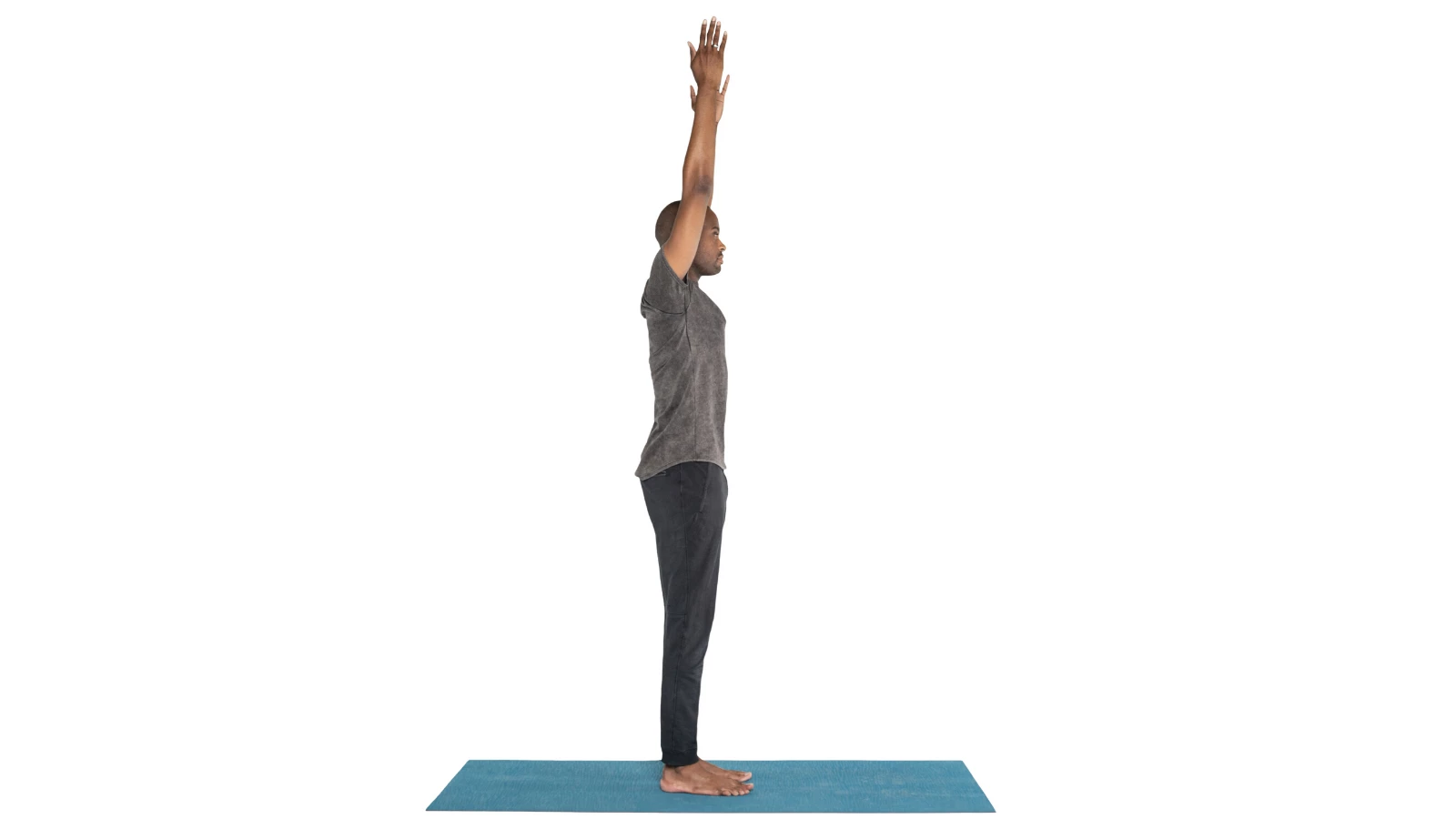
Although I enjoy static poses and my initial introduction to yoga was in the Iyengar system, much of life, when not sitting in a chair, on a plane or standing in line somewhere, involves motion. So, I am also keen on dynamic versions of poses, in which you start from a neutral position and move in a coordinated way with your breath in and out of the full pose position.
For a simple example, here is how to practice Urdvha Hastasana (Arms Overhead Pose) dynamically:
- From Tadasana (Mountain Pose), on an inhalation swing your arms forward and up alongside your head into Arms Overhead Pose.
- On an exhalation, swing your arms back down into Mountain Pose.
- Repeat this cycle 6-10 times.
Just making static poses into dynamic ones in this way will provide you with all the inherent benefits already mentioned for variations of static poses. Once you are comfortable with that technique, you can add variability into the dynamic poses themselves, such as with arm variations as I described for Warrior I or by using blocks or straps between the hands to challenge the body in new ways. You can apply this to just about any pose you have learned, using imagination and creativity to create a new dynamic experience.
The Benefits of Challenging Balance and Agility
Creating new challenges to balance and agility through new variations is, I believe, essential as we age. Life is unpredictable, so the more places you have visited before by feeling slightly off-balance or stepping in a slightly different way, the better your chances of preventing falls.
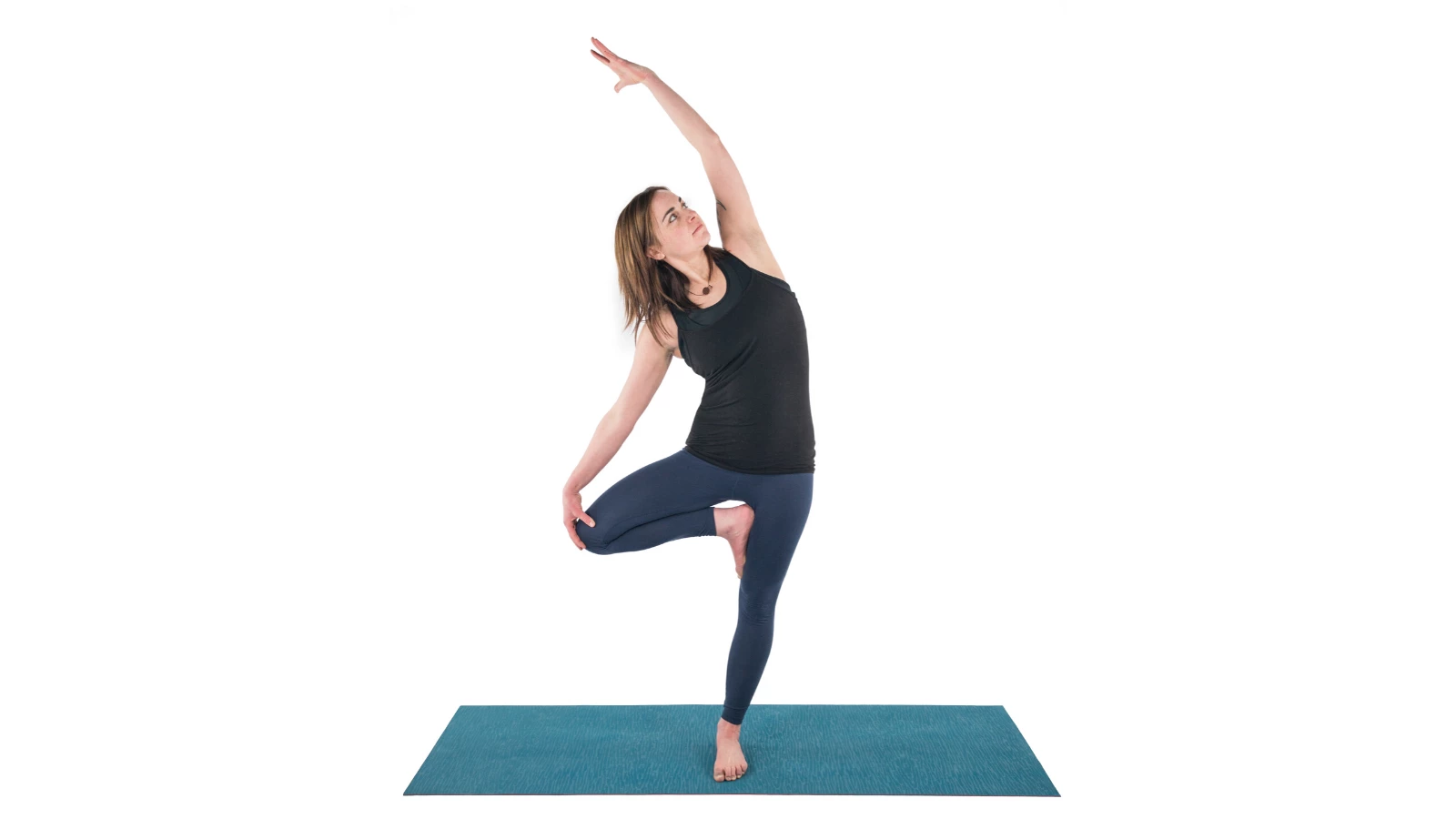
One way I do that with short vinyasas is varying the foot placement, such as when stepping from Uttanasana (Standing Forward Bend Pose) into Anjaneyasana (Lunge Pose) and Adho Mukha Svanasana (Downward Facing Dog Pose) in Surya Namaskar (Sun Salutations), I sometimes narrow the stance between the feet and sometimes widen the stance.
In general, any variations, whether static or dynamic, that you introduce into your asana practice become “brain aerobics”—non-trivial changes to a routine activity, involving multiple senses, which are good for brain health. And you can also use this creative approach to your poses to come up with new variations that help you to accommodate new physical limitations and changes in health status that are inevitable parts of the aging process. So, next time you are on your mat for a home practice, see what new variations you can come up with!
Also, read...
Warrior I Pose: 5 Strengthening Variations
Deepening Your Home Yoga Practice: An Interview with Judith Hanson Lasater
4 Easy Ways to Use a Sandbag in Yoga Practice
Related courses
Breath as Medicine: Yogic Breathing for Vital Aging
Yoga and Myofascial Release: Releasing Chronic Tension with the Bodymind Ballwork Method
Yoga and Detoxification: Tips for Stimulating Lymphatic Health

Baxter Bell, MD, C-IAYT, YACEP, fell in love with yoga in 1993 while he was working full-time as a family physician. His appreciation for the potential of yoga to foster health, healing, and equanimity was so great that he soon stepped down from his medical practice and trained to become a yoga teacher. Now, he focuses on teaching yoga full time, both to ordinary students of all ages and physical conditions and to the next generation of yoga teachers and yoga therapists, to whom he teaches anatomy and yoga therapy along with his accessible, skillful style of yoga. He also sees students privately, helping them use yoga to help heal from and/or cope with a wide range of medical conditions. At this point, with 23+ years of teaching experience under his belt, Baxter brings a unique perspective to his teaching, combining his understanding of anatomy and medicine with his skill at instructing people from all walks of life and all levels of ability.
In addition to teaching classes, workshops, and retreats internationally, Baxter is a past presenter at Yoga Journal Conferences and the International Association of Yoga Therapy’s Sytar Conference and teaches online courses and classes at Yoga U Online. Baxter is also the co-author of the popular and ground-breaking book Yoga for Healthy Aging and his blog, “What’s On Your (Yoga) Mind,” where he shares his knowledge of medical conditions, anatomy, yoga, and more with practitioners and teachers across the world. He has written articles for the Yoga Journal and the Journal of the International Association of Yoga Therapy. He is often quoted as an expert on yoga and health by major national news outlets such as the Washington Post and the Wall Street Journal. To learn more, visit www.baxterbell.com, and his YouTube channel and Instagram page at Baxter Bell Yoga.



